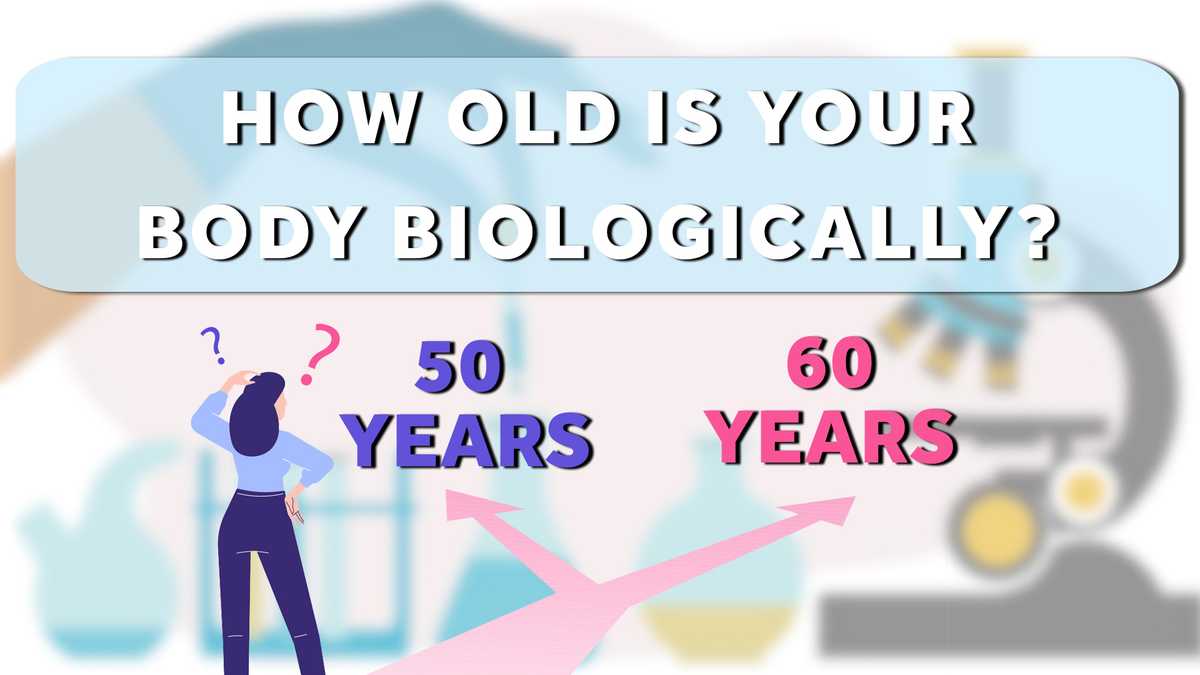Summary
Direct-to-consumer biological age tests promise insights into how your body is aging, but experts say they should be taken with caution.
Source: KCRA Channel 3

AI News Q&A (Free Content)
Q1: What are biological age tests and how do they differ from chronological age assessments?
A1: Biological age tests measure the physiological state of an individual's body, as opposed to chronological age, which is simply the number of years a person has lived. These tests often rely on biomarkers like DNA methylation levels to estimate how well a person's body is functioning relative to their age group. Epigenetic clocks, for example, are a type of biological age test that focus on the accumulation of methyl groups on DNA, reflecting biological changes that occur with aging.
Q2: What are the potential benefits and limitations of using biological age tests for individuals?
A2: The benefits of biological age tests include providing insights into an individual’s health and aging process, potentially guiding lifestyle changes to improve longevity and health. However, limitations exist, such as the variability in test accuracy and the fact that they may not account for all factors influencing aging. Experts caution that while these tests can offer useful information, they should not be viewed as definitive assessments of one’s health.
Q3: How has the concept of perceived age contributed to the understanding of biological age?
A3: Perceived age, or how old one appears to others, correlates with biological age and serves as an accessible biomarker. The AgeGuess project allows for the collection of large-scale data on perceived age, facilitating studies on aging processes. This approach enables retrospective data collection and insights into temporal variations in perceived versus chronological age, offering a unique perspective on aging.
Q4: What recent scholarly findings suggest about the rhythm of human aging?
A4: Recent research indicates that while life expectancy has increased, the fundamental rhythm of human aging remains stable. Studies show that variations in aging rates are not primarily biological but rather historical. This suggests that while longevity has shifted, the biological pace of aging might be fixed, shaped by historical rather than evolutionary factors.
Q5: What role does DNA methylation play in biological age tests?
A5: DNA methylation involves the addition of methyl groups to DNA molecules, affecting gene expression. This process is a key component of biological age tests, such as epigenetic clocks, which use DNA methylation levels to estimate biological age. These tests provide insights into the biological aging process by examining changes in gene regulation associated with aging.
Q6: How have technological advancements impacted the development and accuracy of biological age tests?
A6: Technological advancements, particularly in genomics and data analysis, have significantly enhanced the development and accuracy of biological age tests. These advancements have enabled more precise measurements of biomarkers like DNA methylation, improving the reliability of age estimates and offering more nuanced insights into individual health and aging.
Q7: What are the implications of biological age assessments for longevity research?
A7: Biological age assessments have significant implications for longevity research, as they provide a more nuanced understanding of aging beyond chronological years. These tests can help identify factors that contribute to healthier aging, offering potential pathways for interventions aimed at extending healthy lifespan. However, the interpretation of test results must be approached cautiously due to the complexity of aging processes.
References:
- Epigenetic clock - Wikipedia
- The AgeGuess database: an open online resource on chronological and perceived ages of people aged 3-100 - Arxiv
- The Rhythm of Aging: Stability and Drift in Human Senescence - Arxiv




